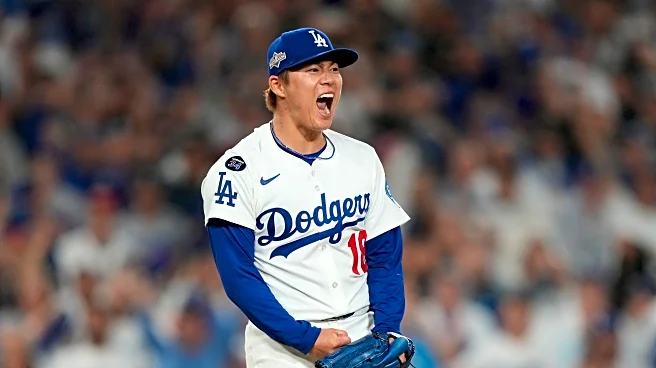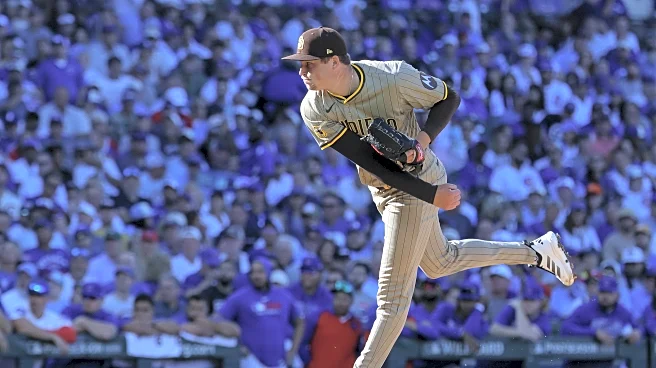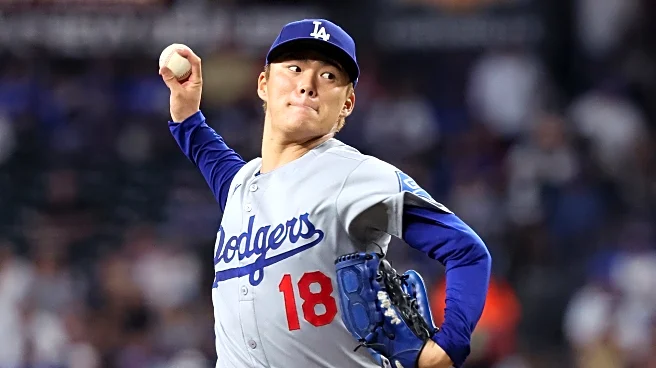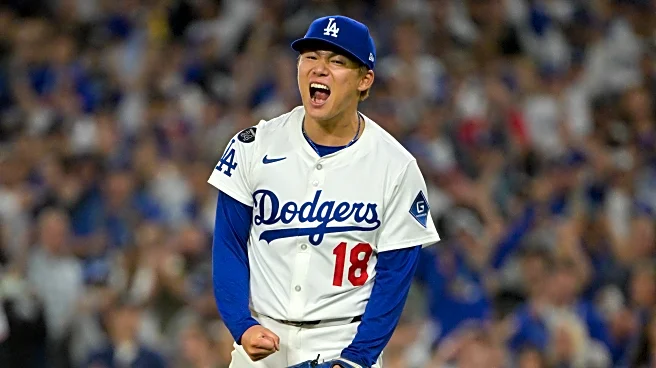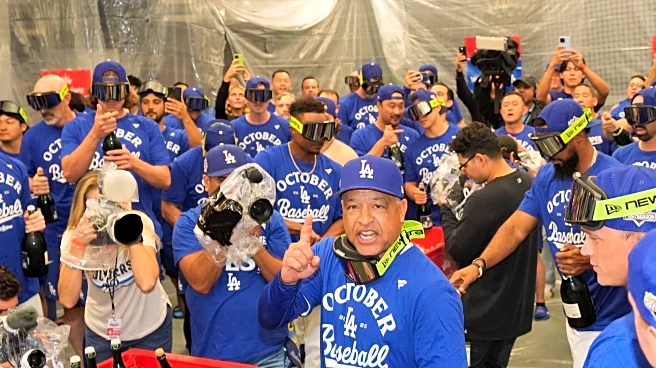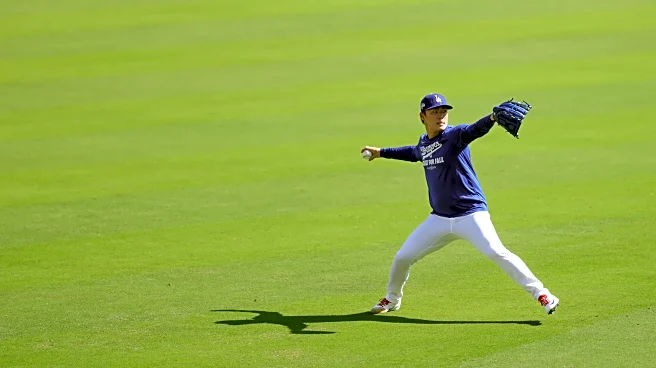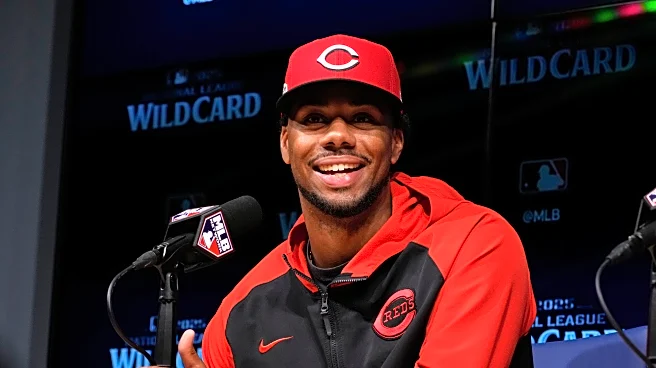Even a quick glance presents an apparent contrast between the Dodgers’ playoff series and every other one in this Wild Card Round. Los Angeles swept the Reds in commanding fashion, which not only brought
to the spotlight this team’s qualities, but it also worked to hide its weaknesses.
The sustainability of this process can come into question over the duration of a potentially lengthy postseason run. Still, for a dangerous short series, regardless of the opponent in question, the Dodgers’ offense did its best to remove the bullpen from the equation. Easily the most worrisome part of the defending champions’ roster, the bullpen never threw a pitch with a smaller than four-run lead in this series, thanks to two absolutely dominant performances from the most dangerous offense in the National League. Out of the three units of a team, the bullpen is by far the easiest one to minimize its impact if the other two perform well enough, and Los Angeles did just that with not only the offense but also the starters thriving.
Unlike in Game 1 of this Wild Card Round, the Dodgers didn’t get a big early lead, and it was Cincinnati who got out in front with a couple of runs in the first. After letting Zack Littell off the hook a few times early on, the Dodgers took the lead in the fourth. The highlight here is that for nearly the entirety of Yoshinobu Yamamoto’s performance, this was by all accounts a close affair, with Los Angeles only taking a sizeable lead in the bottom of the sixth.
Before getting to the offense, the starting pitching also deserves praise here for providing the length and quality expected from it, which in turn makes the bullpen’s life that much easier. Yamamoto’s usage in the seventh inning, when he was already near 100 pitches and Los Angeles led 7-2, tells the story of less than ideal confidence in the ‘pen, to put it mildly. Emmet Sheehan’s usage with a rested bullpen is another example of that. In other instances, it would have been easy to see Dave Roberts going to actual relievers in either situation.
Hitting-wise, an appealing side of the offense is that it showed it can beat you in a multitude of ways. One day after outhomering all of baseball and setting a franchise record with five long balls, this attack hung eight on the Reds without going yard once, instead doing a more methodical and complete job with four different multi-hit performances, three of them coming from the bottom third in the order.
For as strange as it may seem, the Dodger bullpen will head to the NLDS without ever even being put in a position in which it could blow a game without an actual meltdown of epic proportions. The worst it got was exactly one at-bat with the tying run at the plate as the Reds had the bases loaded and trailed 8-4 in the eighth. That’s just nowhere near the highest levels of danger a team usually faces in the postseason.
It’s difficult to draw a conclusion from this, and it’s the type of occurrence that can validate whatever line of thought you’re inclined towards. Some will be relieved that the team managed to overcome this initial hurdle without a strain on the bullpen. Others could wonder how this evidently shaky unit will fare when it’s inevitably called upon in a more tense situation. At the end of the day, it’s just nice to be through without too much hassle, and we’ll see what comes against the Phillies.

